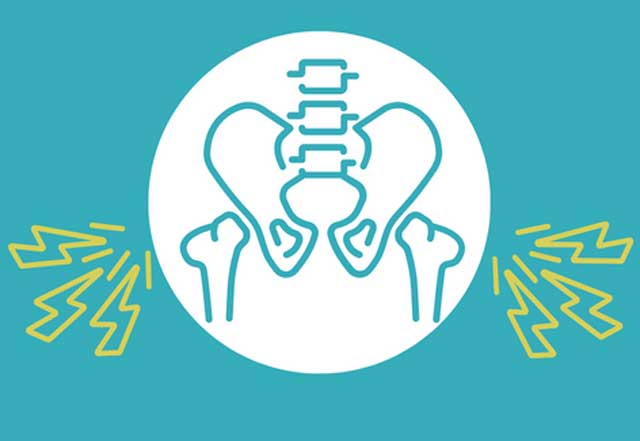Acute Pelvic Pain in Reproductive Age Group

Imaging Appropriateness Criteria
Premenopausal women with acute pelvic pain often present with nonspecific signs and symptoms such as nausea, vomiting and leukocytosis. The differential considerations include those that are gynecological (uterine or ovarian in origin) and nongynecological (examples include appendicitis, inflammatory bowel disease, diverticulitis, urolithiasis, and pyelonephritis). The choice of imaging modality is determined by the most likely, clinically suspected differential diagnosis.
Pregnancy Status
Determining pregnancy status with either urine qualitative or serum quantitative b-hCG is the first step for evaluating pre or perimenopausal females with acute pelvic pain. Knowledge of pregnancy will determine whether pregnancy- related causes of pain, notably ectopic pregnancy, should be considered. Pregnancy status also affects choice of imaging, due to concerns for fetal exposure to ionizing radiation (computed tomography—CT) and gadolinium-based contrast agents (MRI intravenous contrast).
Gynecologic Etiology of Pain
If a gynecologic etiology of pain is suspected, pelvic ultrasound (US) is the first-line imaging study. US is useful, fast, and affordable for evaluating the uterus, ovaries, and adnexa. US can help determine whether adnexal pain is secondary to a hemorrhagic cyst, which can be managed medically, or due to a torsed ovarian torsion, which is a surgical emergency. US can also assist in characterizing complications from pelvic inflammatory disease such as pyosalpinx and tubo-ovarian abscess (TOA).
CT does not provide the anatomic detail for the ovaries and uterus that MRI provides, but may incidentally reveal acute gynecologic processes warranting further evaluation with US or MRI.
Nongynecological Etiology of Pain in Nonpregnant Patients
CT with IV contrast is best for identifying gastrointestinal causes of acute pelvic pain such as appendicitis, inflammatory bowel disease, diverticulitis, and colitis. It can also be useful to evaluate for obstructive uropathy.
This work is intended for use to assist hospital and healthcare audiences; however, Johns Hopkins makes no representations or warranties concerning the content or clinical efficacy of this work, its accuracy or completeness. Johns Hopkins is not responsible for any errors or omissions or for any bias, liability or damage resulting from the use of this work. This work is not intended to be a substitute for professional judgment, advice or individual root cause analysis.
